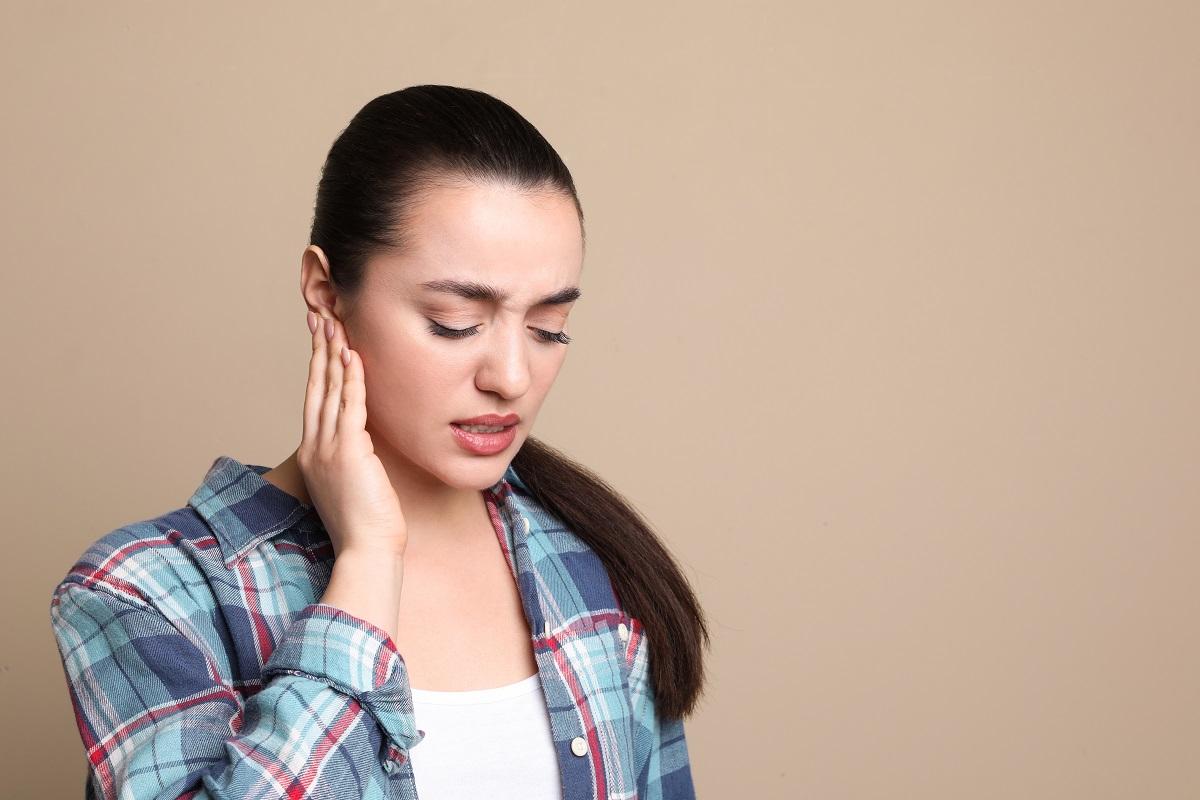There is no denying the benefits of regular exercise. Whether you like to work out in the gym or get out into the great outdoors, exercise can boost your mood, build muscle, endurance, and cardiovascular health. Regular exercise can also boost your hearing health, by ensuring your blood flows through your entire body- including the fragile cells of your inner ear. We always recommend exercise, as long as you do it safely. Don’t overextend yourself, as this can cause more issues. We also stress safe listening practices while working out.
Music and Exercise
People in general love to listen to music to help them stay active. A beat helps keep things moving, while a soaring melody that we love can release endorphins to help us feel to greater degrees. People love to listen on headphones at the gym or while jogging or biking out in the world. Many love exercise classes, as the communal event helps one another to motivate each other. However, often these music classes use loud and inspiring music to keep everyone in motion. When sounds get too loud, they can damage your hearing – leading to serious health effects later on and it’s all too common to blast music in exercise class far past safe listening levels.
How Loud is Too Loud?
The volume, or loudness of sound is measured in decibels. At safe listening levels we can listen indefinitely, but past the safe listening threshold of 85 dBA, or higher, our ears become at risk for permanent hearing loss. It’s not only the volume but the length of exposure. At 85 dBA, it takes eight hours of constant exposure for damage to occur- but as the volume increases, the time it takes for the damage to take hold gets significantly shorter. For every three increments in decibels, the time where damage occurs is cut in half. At 88 dBA, it takes 4 hours. At 95 dBA, it can take under an hour and at 105 it can take as little as 15 minutes! Exercise classes often blast music to add to the power and motivation to keep the class pushing through the entire workout. However, whether in a gymnasium or smaller room, the sounds can bounce off walls or mirrors, amplifying loud sounds to dangerous levels.
Gym music reaches new levels.
According to new research from George Mason University in Virginia, music played during spin classes at fitness clubs in the United States can reach 100 to 110 dB! That loud enough to damage hearing in just two minutes! For an hour exercise class which can last 30 minutes to an hour, this level of weekly exposure is enough to leave you, your instructor, and classmates with permanent hearing loss!
We collect sound with our ears, but for sounds to reach the brain they must travel via tiny hair cells in the inner ear. When these sounds are too loud for too long, the amount of vibration can cause the hair-like cells to break and shatter against the cell walls which hold them, leading to ringing in the ears (tinnitus) and irreversible hearing loss!
Avoiding Unsafe Levels at the Gym
Does the music in your exercise class feel so loud they hurt your ears? If you find that you must shout to speak to someone three feet away from you, it’s a sign that the decibel levels are certainly high enough to actively be causing damage. Here is what you can do to limit exposure:
- Choose your gym wisely: There are a lot of gyms out there. If the gym or class you’ve chosen feels too loud you can always switch to another which is quieter.
- Become an advocate for good hearing: However, you may not always have the option to switch gyms due to location, price, or other aspects. If you believe the noise level is excessive, speak with the instructor, or the gym manager to work on safer protocol for all.
- Use protection: If you love a class but it’s just too loud, you can always wear hearing protection which will limit the decibels which reach your ears.
- Keep a distance: The further you are from a loud noise, the less it will impact you.
Be Proactive
If you’ve noticed changes in your hearing, we are here to help. Contact us today to explore our hearing solutions.

